Energy Efficient and Net-Zero Custom Homes in West Michigan
Build a healthier, quieter, energy-efficient home that’s crafted to last for generations. At R-Value Homes, we specialize in designing and building high-performance, net-zero custom homes throughout West Michigan, including Grand Rapids, Ada, Lowell, and the surrounding area. Using ICF construction, passive solar strategies, and all-electric systems, we deliver unmatched comfort, durability, and lifetime energy savings.
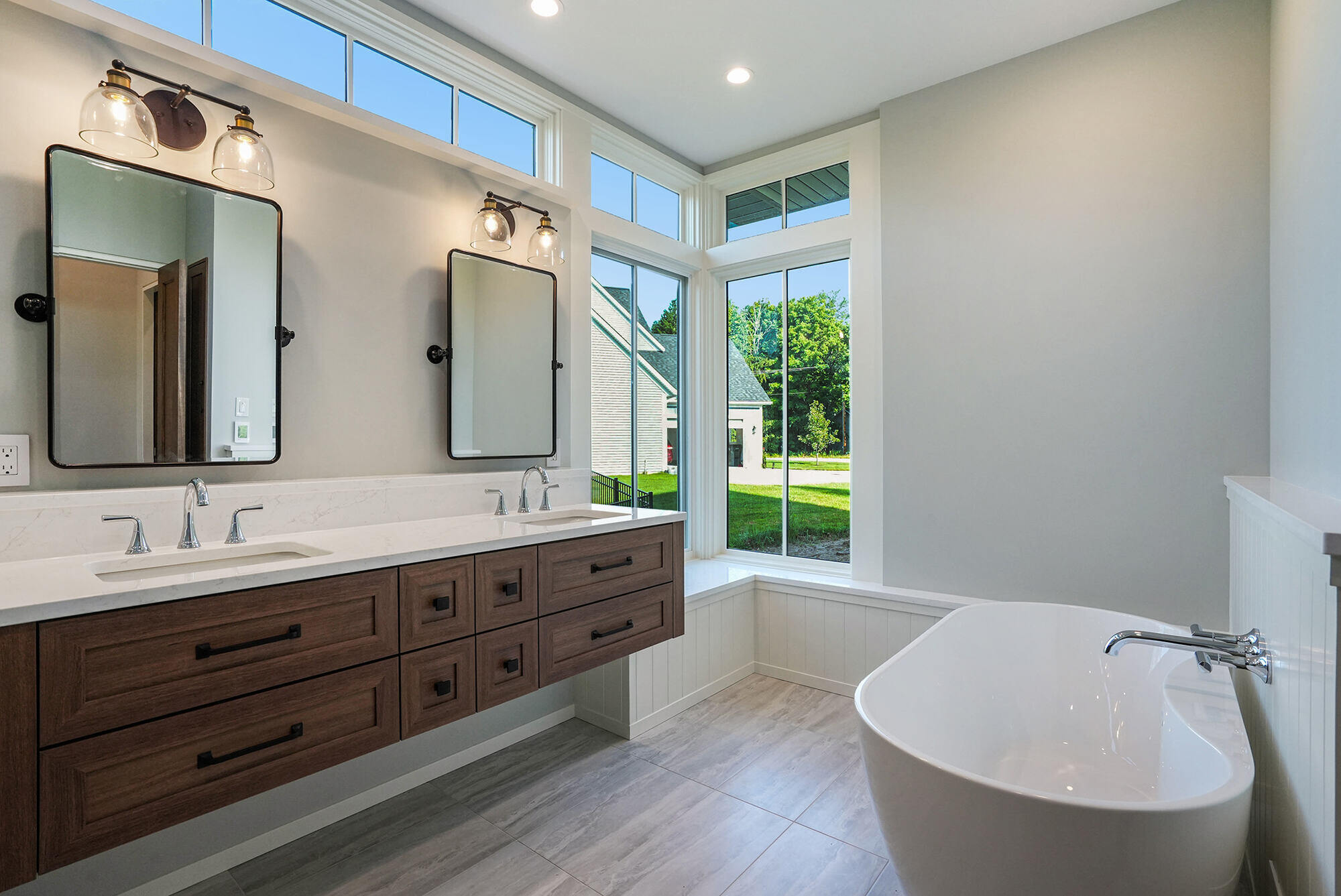
Why Choose a Zero-Energy ICF Home?
Choosing a net-zero home with R-Value Homes means investing in unmatched energy efficiency, superior indoor air quality, and long-term sustainability. Our homes leverage advanced Insulated Concrete Form (ICF) construction, triple-pane windows, and precision-engineered HVAC systems to achieve energy performance in the top 2% of West Michigan homes. By incorporating renewable energy sources like photovoltaic panels and cutting-edge passive solar design, we eliminate energy bills while creating a comfortable, disaster-resilient living environment. With every detail verified through independent blower door testing, energy modeling, and certification standards, R-Value ensures your home not only meets but exceeds the highest benchmarks for health, comfort, and environmental responsibility.
Our Approach to Energy-Efficient, Net-Zero Custom Homes
We build energy-efficient custom homes that meet or exceed net-zero performance standards. Our approach combines ICF construction, advanced HVAC design, airtight building envelopes, and renewable energy systems like solar panels. Each home is independently verified through blower door testing and energy modeling to ensure top-tier performance—often ranking in the top 2% of homes across West Michigan.


What Are Zero-Energy Homes?
Zero-energy homes are carefully designed to produce as much energy as they consume. By utilizing renewable energy sources like solar panels and advanced energy-efficient building practices, these homes drastically reduce energy consumption while maintaining optimal comfort.
Energy-Efficient Custom Homes Designed for West Michigan
Our homes are engineered for the unique demands of West Michigan’s climate, including humid summers, freezing winters, and everything in between. Whether you're building in Grand Rapids, Holland, Ada, or along the lakeshore, we combine smart home design with durable materials to deliver true comfort and long-term energy savings.
We use proven strategies like:
- Passive solar orientation
- Triple-pane windows
- High R-value insulation
- Cold-climate heat pumps and ERVs
The result? A sustainable, high-performance home that’s as beautiful as it is efficient.
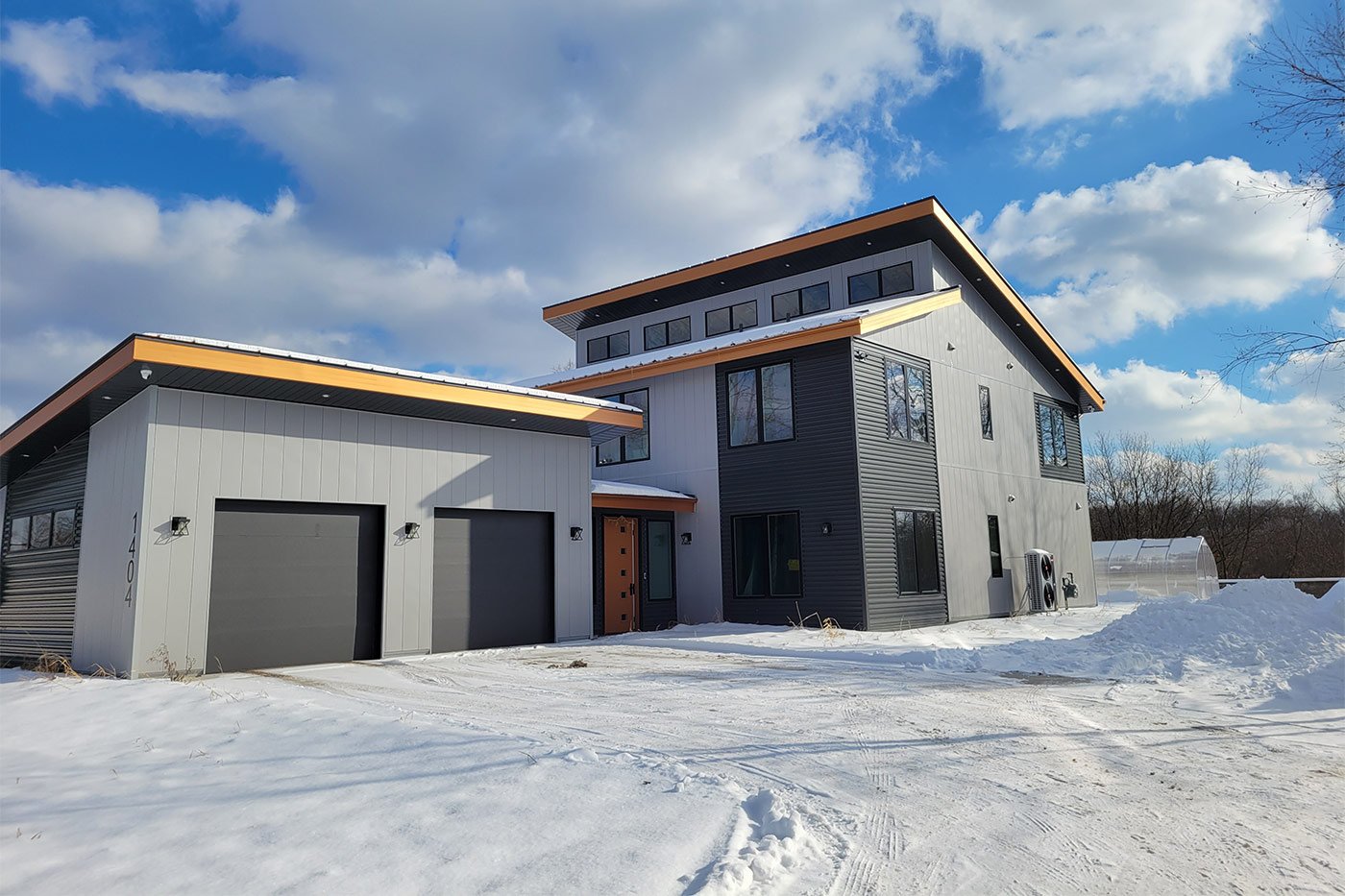
The ICF Difference:
Building the Foundation for Zero-Energy Living
Better Insulation
Insulated Concrete Forms (ICFs) are the cornerstone of zero-energy homes, providing unmatched thermal resistance. This superior insulation keeps your home warm in the winter and cool in the summer, reducing energy demands and making it easier to achieve net-zero energy consumption.
Continuous Insulation
Unlike traditional wall systems, ICF construction eliminates gaps and thermal bridging, creating an uninterrupted insulation layer. This ensures consistent indoor temperatures, minimizes energy loss, and supports the energy efficiency goals of zero-energy homes.
Thermal
Mass
The concrete core within ICF walls acts as a thermal battery, absorbing and releasing heat gradually. This not only helps regulate indoor temperatures but also reduces the strain on heating and cooling systems, making zero-energy performance more attainable.
The R Value 10-Year Home Warranty
"Airtight and Ventilated Right, Guaranteed"
Frequently Asked Net-Zero Energy Home Questions
- What makes a home truly "Net-Zero"?expand_more
- A truly zero-energy home is one where the total energy consumed annually equals the energy generated on-site, typically through renewable sources like solar panels. At R-Value Homes, we go beyond simple energy generation by integrating high-performance insulation, airtight construction, advanced HVAC systems, and energy-efficient designs. Our homes achieve net zero through meticulous planning, precision engineering, and verification by independent energy modeling and certifications.
- How do zero-energy homes benefit homeowners?expand_more
- Zero-energy homes drastically reduce or eliminate energy bills, improve indoor air quality, and provide superior comfort. They also offer long-term savings and a reduced carbon footprint, making them an environmentally friendly and financially smart investment.
- Are zero-energy homes more expensive to build?expand_more
- While the initial construction cost may be higher than a traditional home, zero-energy homes save significantly on energy bills over time. Additionally, they often qualify for tax credits, rebates, and other financial incentives that offset upfront costs.
- What role do Insulating Concrete Forms (ICFs) play in zero-energy homes?expand_more
- ICFs provide exceptional thermal insulation and airtightness, which are crucial for achieving zero-energy performance. They reduce energy loss, maintain stable indoor temperatures, and enhance the overall efficiency of the home’s heating and cooling systems.
- Can existing homes be converted into net-zero homes?expand_more
- Yes, existing homes can be retrofitted with energy-efficient upgrades such as improved insulation, high-performance windows, solar panels, and efficient HVAC systems. However, building a new zero-energy home is often the most cost-effective way to achieve full energy independence.
- How do zero-energy homes perform in different climates?expand_more
- Zero-energy homes are designed to perform well in the climate in which they are built. Insulated Concrete Form (ICF) construction is particularly effective in West Michigan's four-season climate, offering exceptional performance through its ability to regulate temperatures in both hot, humid summers and frigid, snowy winters. The high thermal mass of ICF walls minimizes heat transfer, providing consistent indoor temperatures and reducing HVAC system strain year-round. Additionally, ICF’s resilience against high winds and its superior moisture resistance make it ideal for West Michigan's severe weather and lake-effect conditions.
- How do you ensure indoor air quality in a net-zero home?expand_more
-
Indoor air quality is critical in a high-performance, airtight home. At R-Value Homes, we use Energy Recovery Ventilators (ERVs) and HEPA filtration to maintain a constant supply of fresh, filtered air while efficiently managing humidity levels. We also prioritize low-VOC materials and mold-resistant construction techniques to eliminate harmful pollutants, ensuring a healthier environment for your family.
- Can a net-zero home be customized to any architectural style?expand_more
-
Yes, achieving net zero doesn’t limit your design options. Whether you prefer modern, farmhouse, or traditional styles, our design team collaborates with you to incorporate energy-efficient systems seamlessly into your vision. We combine architectural creativity with smart building techniques, such as passive solar orientation and airtight insulation, ensuring your home performs as beautifully as it looks.

Ready to Build an Energy-Efficient Custom Homes?
Whether you’re exploring passive solar design, off-grid capabilities, or a full net-zero build, we’re here to guide you every step of the way. Let’s talk about your dream home.
Where We Work Serving Energy-Conscious Homeowners Across West Michigan
Our homes are engineered for the unique demands of West Michigan’s climate, including humid summers, freezing winters, and everything in between. Whether you're building in Grand Rapids, Holland, Ada, or along the lakeshore, we combine smart home design with durable materials to deliver true comfort and long-term energy savings.
Our Service Area
- Grand Rapids
- East Grand Rapids
- Ada
- Lowell
- Wayland
- Middleville
- Rockford
- Caledonia
- Byron Center
- Hudsonville
- Allendale
- Jenison
- Grandville
- Zeeland
- Holland
- Fennville
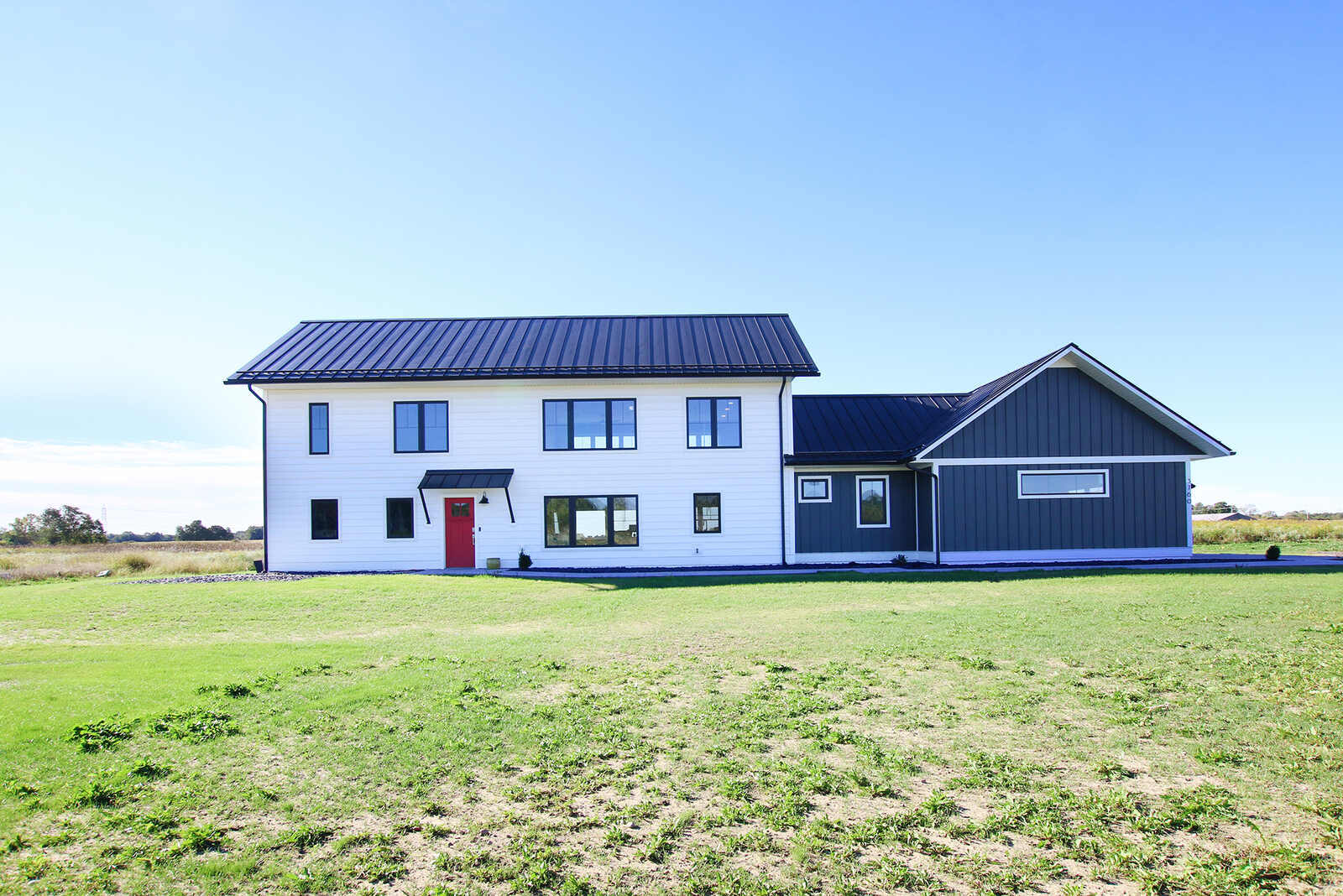
What Our Clients Think
"Working with RValue Homes was amazing. Jake is very detail oriented and creative. He always returned our communications quickly and stayed on top of all the different people in our home. RValue Homes surrounds itself with excellent craftsman as well- from the people who worked on the interior wall framing to the final trim guys- they were very trustworthy and we enjoyed talking with them everyday we stopped by the house while it was being built. Having an ICF home for the first time, we have had a lot of questions and Jake has been thorough with his descriptions and answers to our questions. We love our new home and would not change a thing."
Va Nia Tjalsma
ICF Custom Home
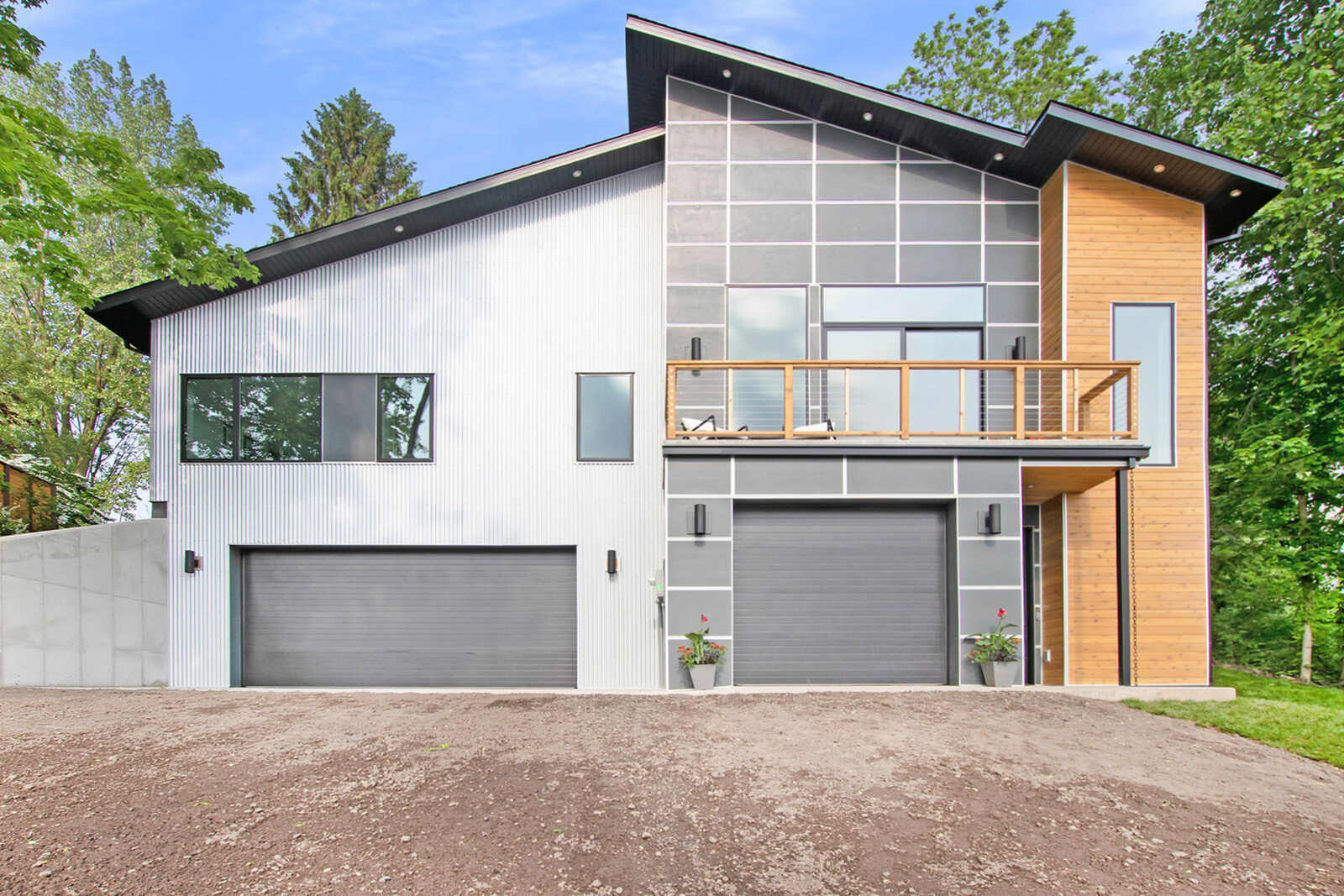
What Our Clients Think
"Jake and his team are beyond amazing. They are honest, hard working people, and you will get exactly what they offer. Our home is beautiful, energy efficient, clean, and unique. It wouldn’t be the same home if it were built by a different company."
Sarah McCracken
Custom Home
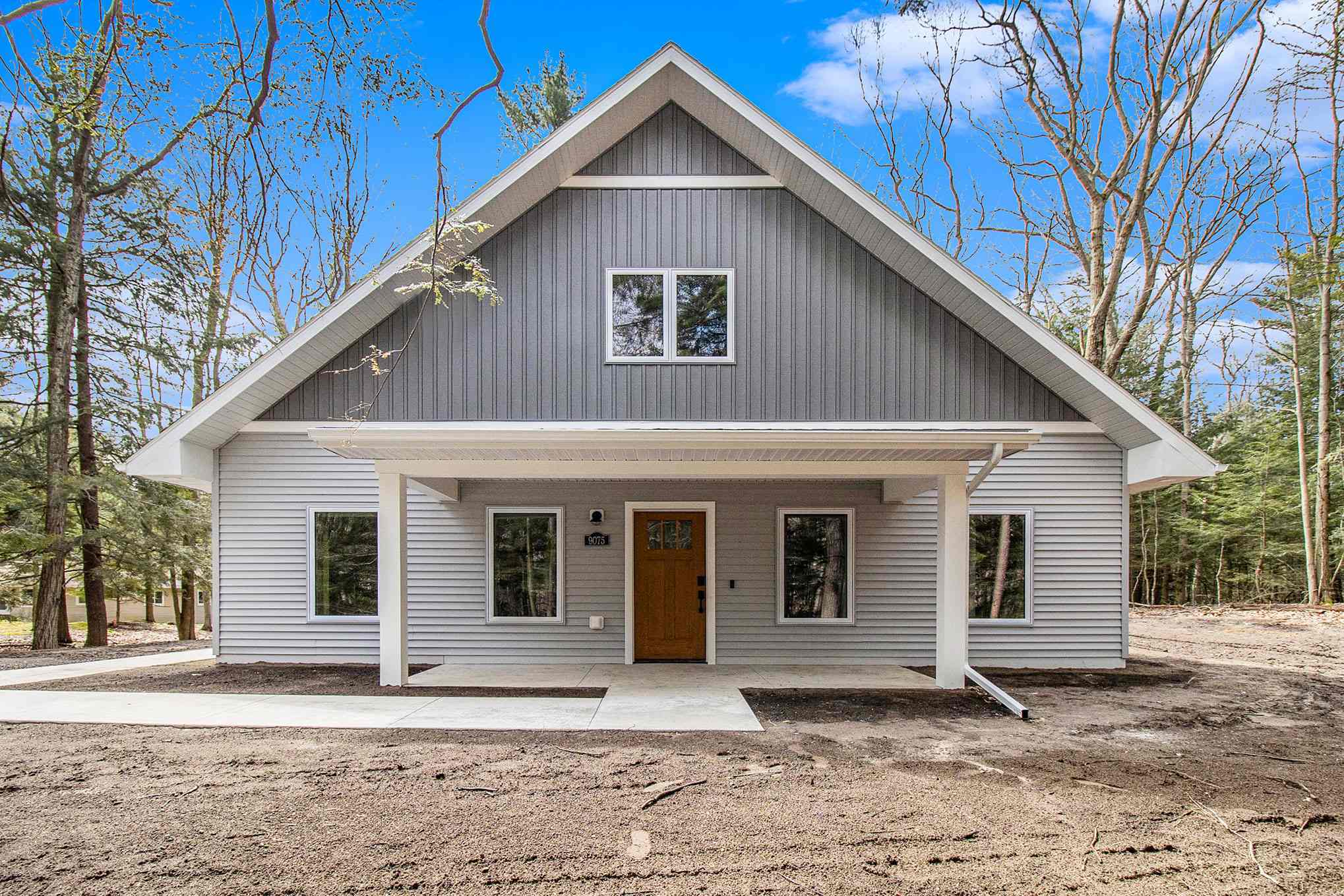
What Our Clients Think
"My wife and I interviewed several builders for our ICF home that we had designed. Ultimately we chose R-Value Homes because Jake and is employees/partners are very honest and hardworking. They worked with us to keep the project on budget and completed it in the time frame that was estimated. The build quality is superb.
Also, Jake's experience and expertise in building net zero and high efficiency homes is undeniable. The build quality and overall solid feel of the home is impressive. We couldn't be happier about how it turned out."
James Felgner
Custom Home
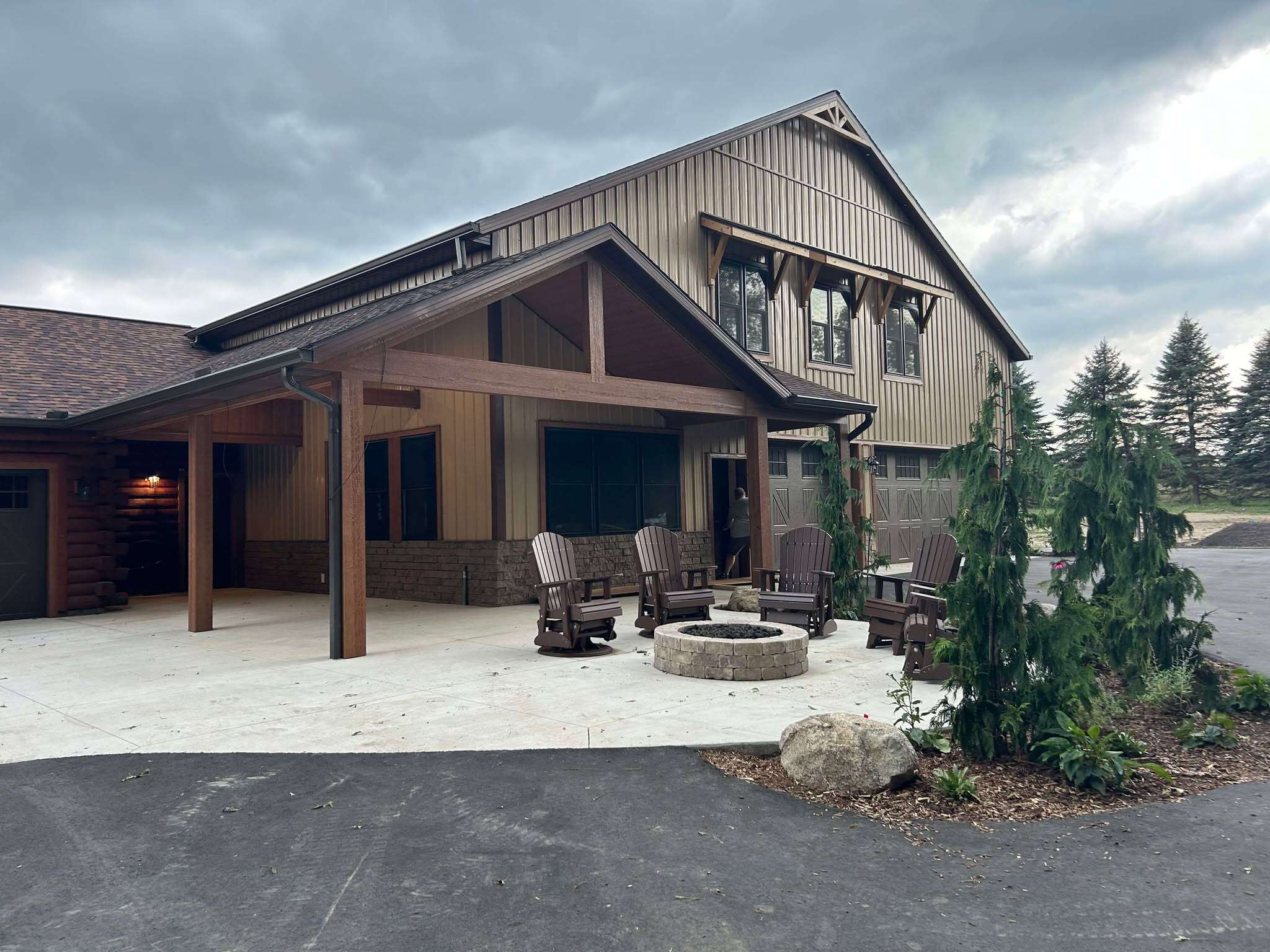
What Our Clients Think
"R-Value has done numerous concrete projects for us over the years. The owner of the company has excellent character, is trustworthy and reliable. This company stands behind their work, even when it cost them financially to do so."
Jeff Sneller
Custom Home

What Our Clients Think
"Here’s why R-Value Homes is the best. We had a minor HVAC issue last night at 9:00 pm. Called Jake, who built our house over 2 years ago. He said he could be out first thing in the morning. He was at our house right when he said he would be and fixed the issue in minutes. A few hours later he sent us a follow up email with 3 different options to make sure the issue doesn’t happen again. The service and professionalism is beyond expected and so appreciated. We can’t say enough good things about R-Value Homes!"
Michael McCracken
Custom Home
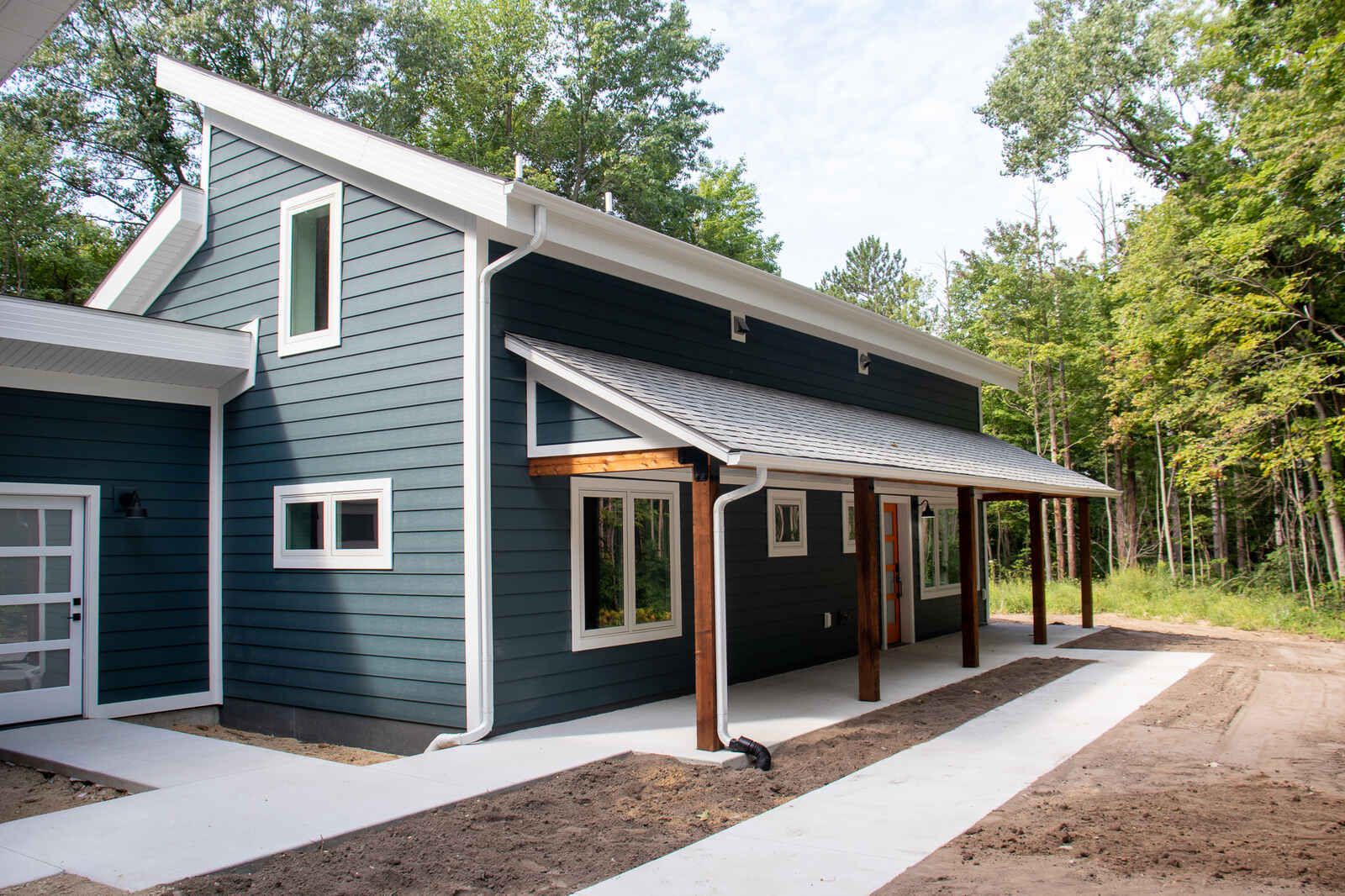
What Our Clients Think
"We have been in our home now for about 1.5 years and are very happy with it. We were looking for an efficient, zero-step home, which would be easy to maintain. It is GreenStar Certified and has a HERS score of 11.
R-Value Homes built the house using ICF walls to provide a strong, insulated and very efficient structure. We love the passive solar design which provides lots of light. Construction Manager Harold was fabulous. Got the house built on time and within budget, despite many supply chain problems caused by covid. They all did an excellent job guiding us through the home building process and keeping us informed along the way. Eric and Jake listened to what we wanted and did everything they could to achieve our goals. Workmanship is impressive. Any issues that we had were handled promptly."David Gross
ICF Custom Home
Ready to Build the Perfect Home?
Let’s Bring Your Vision to Life
Your ideal home is closer than you think—energy-efficient, healthy, and tailored to your lifestyle. Contact us today to get started and see how R-Value Homes can make it happen!

